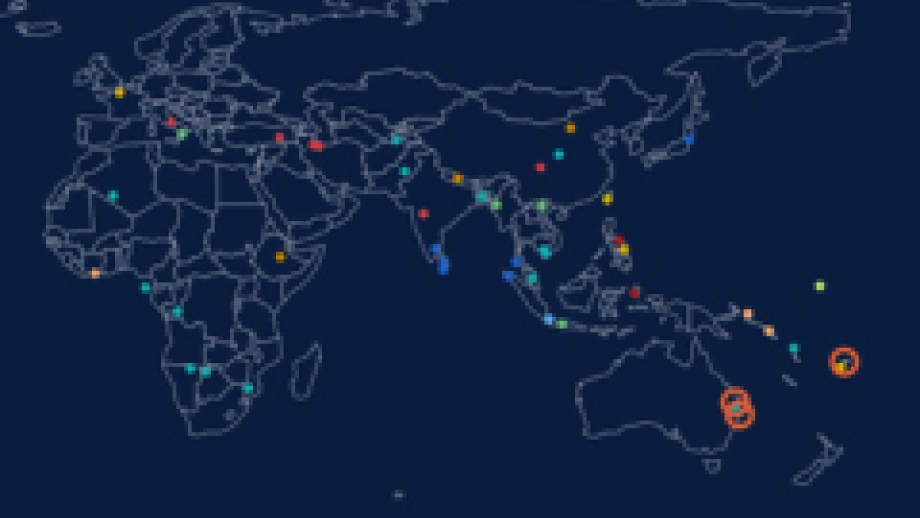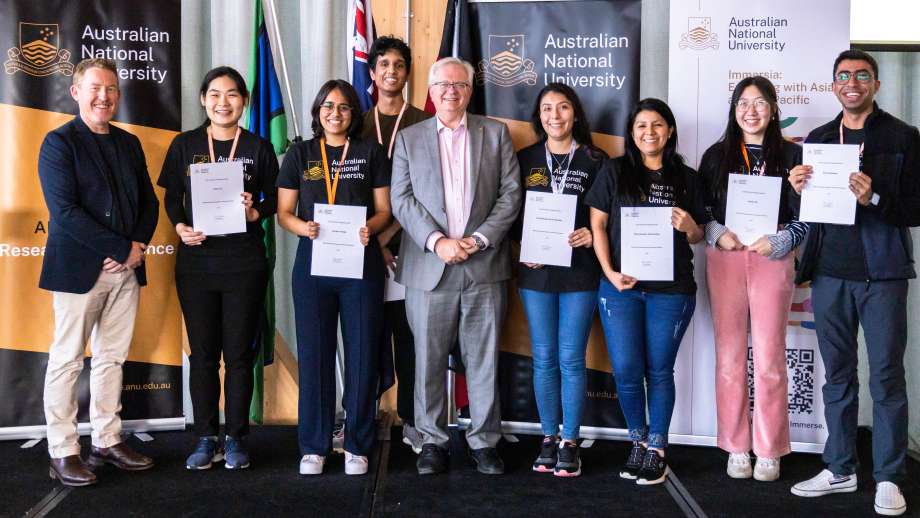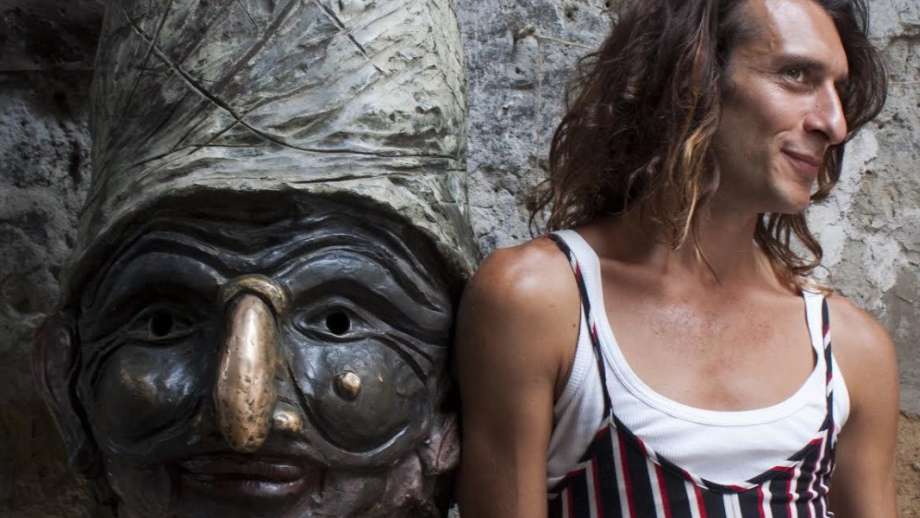The Contortionist Turn: Ancient Guilds, Outcast Street Performers, and the Acro-Wrestling Roots of Haṭhayoga
Presented by ANU College of Asia & the Pacific
My newest research project began in 2018, when I became distracted by YouTube videos of mallakhamb ("wrestler's pole"), which can otherwise be thought of as "pole/acro yoga". I have since begun a historiographical exploration of the nation building and branding narratives used within popular, albeit discordant, biographies, which all merge at the 12th century CE Mānasollāsa and the allied Mallapurāṇa (MP). It would seem that mallakhamb is not "5,000 years-old", since the term does not emerge until 1750 CE.
Though, throughout, one repeating question has been, From whom/where did the royal wrestlers get the idea to climb poles? Four years later, I am still weaving together the multiple threads I've uncovered. This task has been slow, since wrestling and mallakhamb have received scant scholarly attention, which has made me evermore curious.
Through an initial, focused study on the wrestling concepts of āsana (posture) and sthāna (position), an attempt to clarify the wrestling context and possible links to medieval haṭhayoga's postural development opened up a complex and dynamic ontology, in which, based on primary textual analysis across multiple genres and several languages, āsana was considered much more than a way to be seated to meditate. Instead, it relates to a set of possible permutations, which, in turn, enable the wrestler to attack or defend and, in so doing, defeat one's opponent.
Having laid out some of the background and context, I will focus the second part of this presentation on explaining an emergent hypothesis, which relates to the heuristic "contortionist turn". Through a grounded theoretical approach, this research has slowly oriented itself toward focusing on medieval haṭhayoga's adoption of complex and dynamic postures. Why did this happen? Why did yogis start turning themselves into pretzels? Tentatively, I suggest it was part of a cynical attempt to accumulate the symbolic capital of the wrestler-acrobat, who, for millennia, had been considered "superhuman", due to their "acts of awe".
SPEAKER
Dr Patrick S.D. McCartney graduated from ANU School of Culture, History and Language in 2016 with a PhD in anthropology. His serendipitous research agenda has grown to include projects such as Yogascapes in Japan, Greenland: Yoga's Utopia, Imagining Sanskritland, and *Impaling the Yogi. Currently based at Kyoto University and Nanzan University (Nagoya) in Japan and Universidade de Santiago de Compostela, Spain, Patrick's research focuses on the utopian tensions present within the nation-building and branding narratives used to promote a Sanskrit-informed, Yoga-inflected "Way of Life".
This seminar will be recorded.
Location
Speakers
- Dr Patrick McCartney
Contact
- ANU South Asia Research Institute



